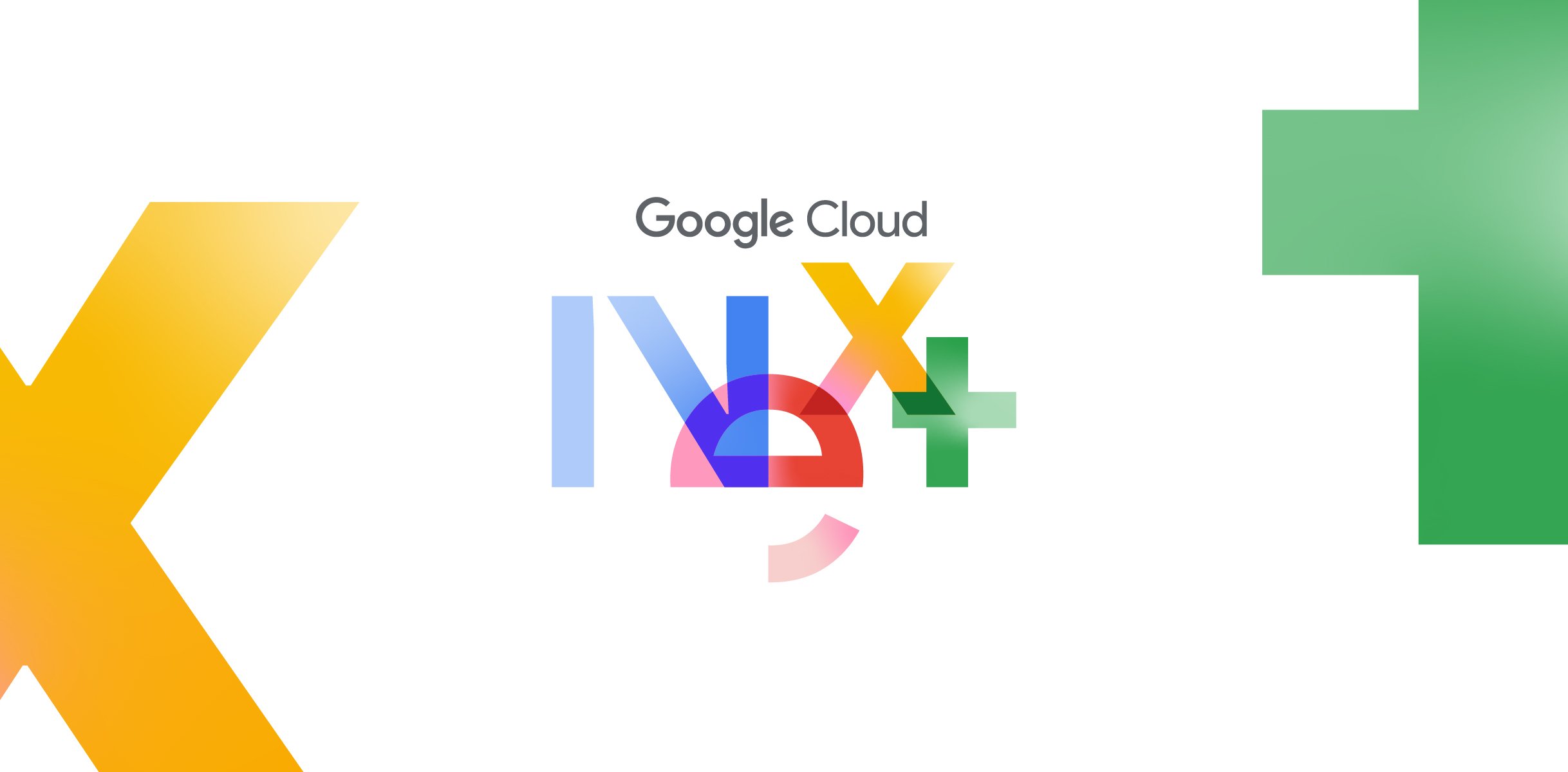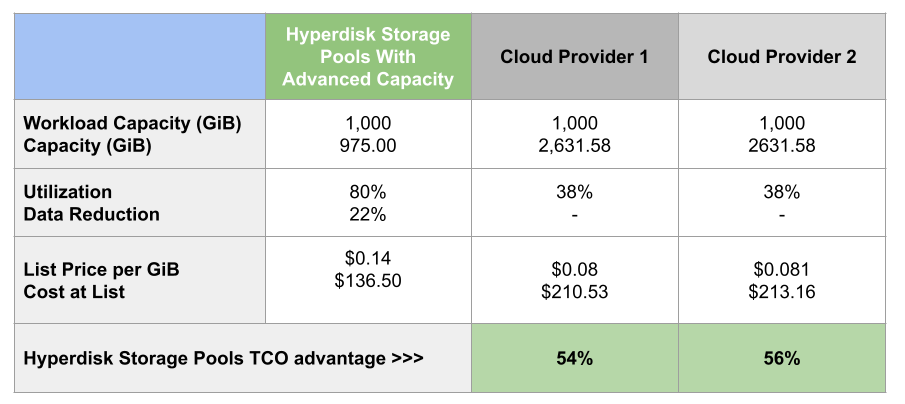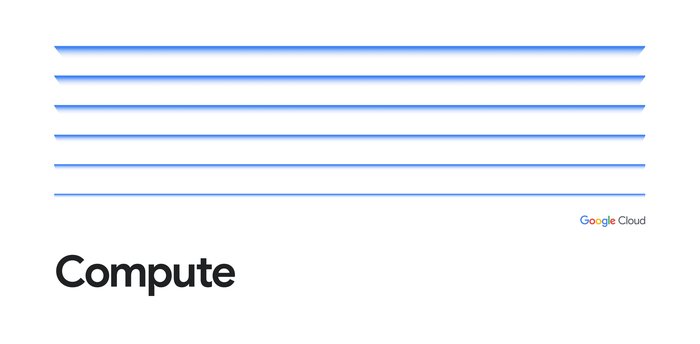What’s new in Google Cloud’s workload-optimized infrastructure

Salil Suri
Director, Product Management, Compute Engine
We are witnessing a rapid pace of innovation all around us. As a result, our customers’ computing performance and reliability needs are growing for everything from enterprise workloads like custom three-tier apps and cloud-native apps, to business-critical workloads such as SAP, high performance computing (HPC) and of course, generative AI applications. While our customers are continuously accelerating the pace of innovation, they also need to offset rising costs, and make sustainable infrastructure choices.
The need for workload-optimized infrastructure
With the benefits of Moore’s Law slowing down, it is imperative that we innovate to continue the price-performance gains of the last decade. It was clear to us at Google a long time ago that we needed to rethink our infrastructure designs to meet these demands. This is why, for several years, we’ve adopted workload-optimization and intentional design as central principles for our infrastructure platform. We engineer golden paths from silicon to the customer workload, using a combination of purpose-built infrastructure, prescriptive architectures, and an open ecosystem to deliver workload-optimized infrastructure.
Underpinning this infrastructure is Titanium, a system of purpose-built custom silicon and multiple tiers of scale-out offloads that together power improvements in the performance, reliability, and security of our customers’ workloads by freeing up the CPU and maximizing workload performance. All of our Gen3+ Compute Engine machine types and Hyperdisk, our network block storage service, and our networking already benefit from Titanium.
Today, we are excited to share with you a significant expansion of Google Cloud’s compute portfolio, with major product releases spanning compute and storage for general-purpose workloads, as well as for more specialized workloads like SAP and high-performance databases. And of course, we’re also introducing innovation in every layer of our AI Hypercomputer architecture for AI workload optimization.
Welcoming our 4th generation C and N machine families
We’re excited to introduce C4 and N4, new general-purpose VMs powered by 5th Generation Intel Xeon processors, the first from a leading hyperscaler. Enabled by Titanium, C4 and N4 are designed to support all your general-purpose workloads by providing a balance of high-performance, flexibility, and cost. C4 delivers industry-leading price-performance and enterprise-grade tooling for your most demanding enterprise applications. N4 is designed to provide the performance to support a majority of general-purpose workloads that do not require peak processing power all the time, while also offering the flexibility to optimize costs. In combination, C4 and N4 provide the best performance and overall workload TCO.
C4: Uncompromising performance, large VM shapes, and advanced features
The C4 machine series delivers the latest innovations in compute, networking, and storage in a single VM. As a general-purpose VM, C4 is specifically tuned to provide high performance paired with a controlled maintenance experience for your mission-critical workloads. C4 delivers up to:
-
19% better price-performance than comparable offerings from leading cloud providers
-
25% better price-performance than the previous-generation C3 VM
-
80% better CPU responsiveness compared to the previous generations for real-time workloads such as high-frequency trading and gaming, resulting in faster trades and a smoother gaming experience
All this makes C4 an ideal fit for databases and caches, network appliances, high-traffic web servers, online gaming, analytics, media streaming, as well as real-time and CPU-based inference.
C4 also includes features that minimize impact to your workloads when performing infrastructure maintenance. With C4, the vast majority of updates to the host operating system and instance are conducted using a combination of hitless upgrades and live migration, with near-zero customer impact. And for workloads or times when you need longer notifications and more direct control over maintenance events, C4 includes enterprise-grade controls to help you achieve these goals.
C4 instances offer 24 VM sizes scaling up to 192 vCPUs and 1.5TB of DDR5 memory, support for Hyperdisk with up to 500K IOPs, and Tier 1 networking up to 200 Gbps. It is available in high-cpu (2GB/vCPU), standard (4GB/vCPU), and high-mem (8GB/vCPU) configurations. C4 is available now in preview for Compute Engine and Google Kubernetes Engine (GKE) customers at goo.gle/C4Preview.
N4 VMs: Efficient architecture with flexible shapes to optimize costs
The N4 machine series is a general-purpose VM built from the ground up for cost optimization and price-performance through an efficient architecture of streamlined features, shapes, and next generation Dynamic Resource Management. Compared to previous-generation N series machine families, workloads can see up to 18% improvement in price-performance, and up to 39% on key workloads such as MySQL1. Support for custom machine types, helps you optimize your workload costs by eliminating the need to pay more for fixed-size instances, and more easily migrate existing workloads into Compute Engine without reconfiguration. Built on 5th Gen Intel Xeon scalable processors and Titanium, N4 is suited for a wide variety of general-purpose workloads that do not require peak processing power at all times: dev/test environments, virtual desktops, microservices, business intelligence, code repositories, data analytics, storage and archive, medium-traffic web servers, and internal applications.
N4 offers predefined and custom shapes in highcpu (2GB/vCPU), standard (4GB/vCPU), and high-mem (8GB/vCPU) configurations, with up to 80 vCPUs at 640GB of DDR5 memory, and supports up to 160k Hyperdisk IOPS and up to 50 Gbps instance networking. N4 is generally available today.
"We are excited about Google Cloud’s new C4 and N4 machines. The new C4 VMs show 35% performance boost for real-time ML threat detection and N4 VMs provide 20% higher throughput for Dynamic Analysis of Malware samples at a lower cost vs the previous generation.” - Xu Zou, VP, Cloud Delivered Security Services, Palo Alto Networks
“At Bluecore, we really care about cost savings. N4 is great for our dev/test and benchmarking workloads, and it met our expectations in every way. We observed around a 66% performance uplift from N1, and we will definitely adopt N4.” – Michael Hurwitz, Software Architect, Bluecore
Introducing C3 bare-metal machines
We are thrilled to announce the upcoming preview of native bare-metal C3 machine types, extending the C3 Machine Family that we launched in 2023. Customers with specialized workloads such as hypervisors, workloads that aren’t supported in virtual environments, and workloads with special performance or licensing restrictions, can benefit from C3 bare-metal instances, which provide direct access to the CPU and memory resources of the underlying server, while preserving the other benefits of Google Cloud. Like other C3 VMs, C3 bare-metal machines are based on Titanium and the 4th Gen Intel Xeon Scalable processor, providing exclusive access to Intel’s integrated CPU features such as Intel Data Streaming accelerator (DSA), Intel In-Memory Analytics Accelerator (IAA), and Intel Quick Assist (QAT).
“We’re excited for the launch of Google Cloud's new bare metal machine types. Nutanix looks forward to collaborating with Google to help organizations capitalize on the benefits of cloud while achieving a universal hybrid multicloud operating model for their legacy and AI-enabled modern apps.” - Tarkan Maner, Chief Commercial Officer, Nutanix
Introducing X4 memory-optimized bare metal instances
We are thrilled to introduce X4, Compute Engine’s new memory-optimized instances, now in preview. Powered by Titanium and 4th Generation Intel Xeon Scalable processors, X4 offers industry-leading compute and block storage performance with up to 1920 vCPU’s and 32TB of DDR5 memory. X4 preview is available in three machine-type configurations and supports Hyperdisk Balanced and Extreme. Backed by Compute Engine’s Memory Optimized 99.95% Single Instance SLA, X4 offers industry-leading reliability for the most business-critical workloads such as SAP.
“SAP Enterprise Cloud Services has been evaluating and exploring the integration of X4 and C3 Metal systems for RISE with SAP, and has been impressed with its reliability, performance, and ease of management.” – Lalit Patil, CTO for RISE with SAP, Enterprise Cloud Services, SAP SE
X4 is currently in preview and available in US, EMEA and APAC regions. For more information, or to inquire about participating in preview, please complete this interest form.
Introducing Z3, our first storage-optimized VM family
Today, we are excited to announce the general availability of Z3 VMs, which provide consistent performance, predictable maintenance, and reduced TCO for storage-dense workloads that require SSD. The Z3 machine series brings together the enterprise-grade performance and reliability of the 4th Gen Intel Xeon scalable processor as well as our Titanium architecture, plus our latest-generation SSDs. Z3 has the highest IOPS for storage optimized instances among leading clouds: 6M 100% random read and 6M write IOPs. Z3 also offers up to 3x throughput over prior-generation instances with up to 35% lower latency than previous SSD generations1. Z3 offers two initial shapes: 176 vCPU with 1.4T of DDR5 memory, and 88 vCPU with 704 GB of DDR5 memory, both with 36T of local SSD. Z3 is ideal for horizontal, scale-out databases like Aerospike and ScyllaDB, log and search analytics workloads like Elastic and Splunk, or flash-optimized databases, data warehouses, and other applications that have dense storage requirements. Z3 is generally available today.
“Z3 instances match Aerospike’s commitment to deliver superior cost performance for real-time database users. For large-scale workloads, customers can run clusters with 70% fewer nodes, significantly, reducing complexity and overall cost.” - Srini Srinivasan, Chief Technology Officer, Aerospike
Introducing Google Axion Processor, a new Arm-based CPU
Today we announced Google Axion, our first Arm-based CPU. With industry-leading performance and efficiency, Axion processors combine Google’s silicon expertise with Arm’s latest compute core designs, delivering instances with up to:
-
30% better performance than the fastest general-purpose Arm-based instances available in the cloud today
-
50% better performance than comparable current-generation x86-based VMs
-
60% better energy efficiency than comparable current-generation x86-based VMs1
We have already started using Arm-based servers on Google Cloud to deploy Google services like BigTable, Spanner, BigQuery, Blobstore, Pub/Sub, Google Earth Engine, and the YouTube Ads platform in Google Cloud, and plan to scale that further. Axion-based instances will be available in preview in the coming months. You can read more about Axion here.
Storage savings with Hyperdisk
Last year, we introduced Hyperdisk, our next-generation block storage service. Underpinned by Titanium, it decouples storage performance and capacity from compute instances, allowing customers to tune storage to their needs, enabling high IOPS even on small compute instances.
Today, we are excited to announce the general availability of our latest capability: Hyperdisk Storage Pools with Advanced Capacity. Historically, customers on all leading cloud platforms have had to manage block storage capacity and utilization on a disk-by-disk basis, which is complicated, labor-intensive, error-prone, and frequently leads to underutilized resources. With Hyperdisk Storage Pools, you can purchase and manage block storage capacity in a pool that’s shared across workloads. Individual volumes are thinly provisioned from these pools; they only consume capacity as data is actually written to disks, and they benefit from data reduction such as deduplication and compression. This lets you substantially increase storage utilization and can reduce storage TCO by over 50% in typical scenarios, compared to leading cloud providers. Google is the first and only cloud hyperscaler to offer storage capacity pooling1..


And as always, protecting customer data is a high priority. Today, we’re also announcing new, cloud-native capabilities for your Hyperdisk volumes: Instant Snapshots, which provide near-zero RPO/RTO and deliver 10x faster recovery times compared to alternatives from other leading cloud providers2.
New consumption flexibility to optimize your workloads
Today, we’re introducing new, flexible ways to deploy your Compute Engine virtual machines:
-
Zonal flexibility distributes VMs automatically across zones, for higher levels of resilience and performance, and makes VMs easier to obtain.
-
VM family flexibility makes it easier to procure VMs, as a single provisioning action can find available VMs among a pre-defined collection of families.
-
Mixed on-demand and spot consumption optimizes costs, letting you choose which pricing model to use for individual VMs in a group.
All of these dimensions can be controlled through policies that you can optimize to match the specific needs of your workloads. You get what you need, where you need it, and at price point that aligns with your workload requirements
Google Cloud VMware Engine license portability
Google Cloud VMware Engine is a popular choice for customers who want to rapidly move their VMware workloads to Google Cloud. With Google Cloud VMware Engine, hundreds of enterprises have achieved better elasticity, better uptime, and enjoy the benefits of cloud-native networking and proximity to modern Google Cloud data and AI services.
Recently Broadcom announced that Google Cloud will be the first cloud to support the new VMware Cloud Foundation BYOL license portability option. With this option, customers who have the new VCF subscriptions can save up to 35% by avoiding the need to buy new licenses to use VMware in Google Cloud1. Simply bring your existing VMware Cloud Foundation license, and just pay Google for the VMware Engine service node.
In addition, you’ll continue to have the option to purchase a license-included Google Cloud VMware Engine service from Google. We are excited to be the only cloud to announce this option, removing friction and accelerating migration to the cloud for VMware workloads.
The workload-optimized infrastructure advantage
These new products and capabilities directly augment the ability for many more of your workloads to thrive on Google Cloud. We invite you to learn more about our VM families and start running your workloads on Google Cloud today.
And if you’re here at Next ‘24, come learn more about all of our compute announcements in these related sessions:
-
ARC221 - How to unlock performance and cost with new Compute Engine innovations
-
ARC225 - Transform your cloud operations and design capability with Gemini for Google Cloud
1 . Google Cloud Internal Data, March 2024
2. Google Cloud Internal Data, Aug 2023
